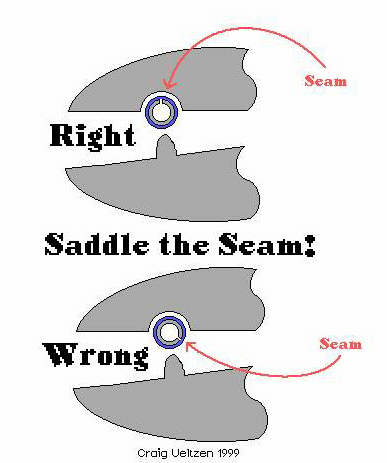dibbons
Well-Known Member
I would like to do some wire repairs using soldered connections instead of the crimp connections that (for me) often fall out no matter how hard I crimp. What is the best type/mix/ratio solder? My past experience soldering wires were not much better than the failed crimps.

















